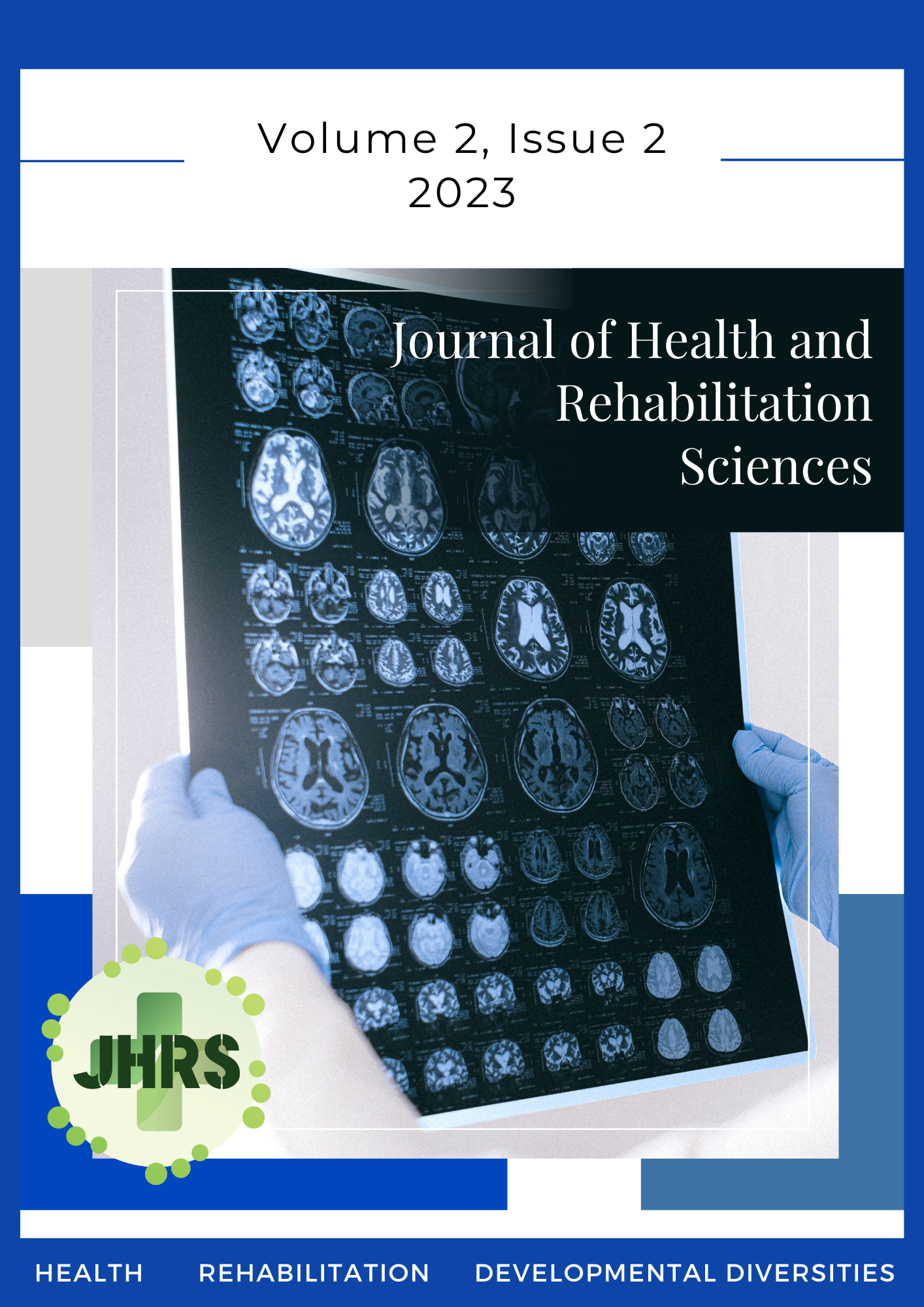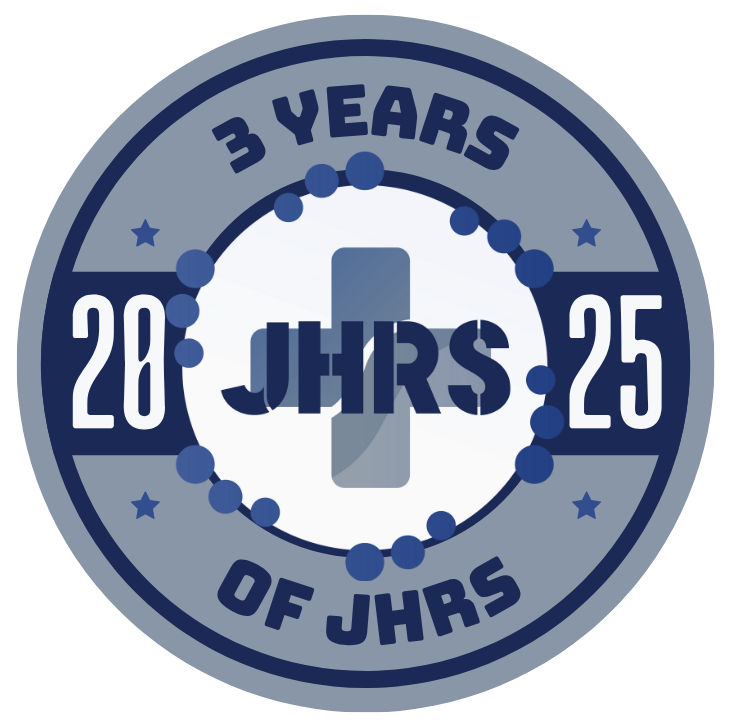A new measure of socio-emotional skills: a pilot study with children, adolescents, and their families
Keywords:
socio-emotional skills, psychometry, psychological assessment, childrenAbstract
Introduction: The teaching of socio-emotional skills has received greater attention, with ongoing theoretical discussions about these competences. Evaluating such characteristics and their development, however, is challenging because of a lack of consensus about theoretical and practical models, the difficulty in analyses that rely solely on self-reports, and the scarcity of robust Brazilian psychometric instruments.
Objectives: Therefore, the present study sought to (1) verify the psychometric evidence of the instrument’s internal consistency in assessing socio-emotional skills, (2) identify differences in respondents’ answers, and (3) identify potential issues with questionnaire items via semi-structured interviews.
Methods: This pilot study involved 32 responses from children and adolescents and 25 responses from their family members. The questionnaire assessed five socio-emotional skills: self-awareness, self-management, social awareness, relationships, and responsible decision making. Descriptive analyses and Cronbach’s alpha calculations were applied to confirm internal consistency of the items in each subscale. Analyses of variance were also conducted to analyse responses from family members and children.
Results: The results showed that self- awareness (α = 0.83, α = 0.76), self-management (α = 0.82, α = 0.79), and relationship skills (α = 0.71, α = 0.79) had adequate internal consistency in both children’s and family members’ versions. Significant differences were observed in scores between family members and children/adolescents in self-awareness (p = 0.0159), self-management (p = 0.0279).
Conclusion: The present study underscores the importance and complexity of assessing responsible decision-making skills and suggests that the questionnaire can be useful for evaluating socio-emotional competencies.
Downloads
Metrics
References
Aguilar, P., Lopez-Cobo, I., Cuadrado, F., & Benítez, I. (2019). Social and emotional competences in Spain: a comparative eval-uation between Spanish needs and an inter-national framework based on the experi-ences of researchers, teachers, and policy-makers. Frontiers in Psychology, 10, 2127. https://doi.org/10.3389/fpsyg.2019.02127
Albert, W. D., Hanson, J. L., Skinner, A. T., Dodge, K. A., Steinberg, L., Deater-Deckard, K., Bornstein, M. H., & Lansford, J. E. (2020). Individual differences in executive func-tion partially explain the socioeconomic gradient in middle‐school academic achievement. Developmental Science, 23(5), e12937. https://doi.org/10.1111/desc.12937
Base Nacional Comum Curricular , (2018) (testi-mony of Brazil).
Blandin, K. (2013). Temperament and typology. Journal of Analytical Psychology, 58(1), 118-136. https://doi.org/10.1111/j.1468-5922.2013.02020.x
Bosseti, B. K. (2014). Savoring Abilities Scale: the development of a strengths-bases as-sessment for therapeutic recreation profes-sionals. St. Catharines: Brock University.
Bowers, M. E., Reider, L. B., Morales, S., Buzzell, G. A., Miller, N., Troller-Renfree, S. V., Pine, D. S., Henderson, H. A., & Fox, N. A. (2020). Differences in parent and child re-port on the Screen for Child Anxiety-Related Emotional Disorders (SCARED): implications for investigations of social anxiety in adolescents. Journal of Abnor-mal Child Psychology, 48(4), 561-571. https://doi.org/10.1007/s10802-019-00609-3
Belsky J, Pluess M. Beyond diathesis stress: dif-ferential susceptibility to environmental in-fluences. Psychol Bull. 2009 Nov;135(6):885-908. doi: 10.1037/a0017376. PMID: 19883141.
Brackett, M. A. & Katulak, N. A. (2007). Emotion-al intelligence in the classroom: skill-based training for teachers and students. In: J. Ciarrochi & J. D. Mayer (Eds.), Applying emotional intelligence: a practitioner’s guide (pp. 1-27). New York: Psychology Press.
Carstensen, L. L. & Mikels, J. A. (2005). At the intersection of emotion and cognition. Cur-rent Directions in Psychological Science, 14(3), 117-121. https://doi.org/10.1111/j.0963-7214.2005.00348.x
CASEL (2020). What is the CASEL framework? Chicago: Collaborative for Academic, So-cial, and Emotional Learning. https://Casel.Org/Fundamentals-of-Sel/What-Is-the-Casel-Framework/.
De Los Reyes, A., Augenstein, T. M., Wang, M., Thomas, S. A., Drabick, D. A. G., Burgers, D. E., & Rabinowitz, J. (2015). The validity of the multi-informant approach to as-sessing child and adolescent mental health. Psychological Bulletin, 141(4), 858-900. https://doi.org/10.1037/a0038498
De Los Reyes, A., Thomas, S. A., Goodman, K. L., & Kundey, S. M. A. (2013). Principles un-derlying the use of multiple informants’ re-ports. Annual Review of Clinical Psycholo-gy, 9, 123-149. https://doi.org/10.1146/annurev-clinpsy-050212-185617
Denham, S. A. & Brown, C. (2010). “Plays nice with others”: social-emotional learning and academic success. Early Education and De-velopment, 21(5), 652-680. https://doi.org/10.1080/10409289.2010.497450
Distefano, C. A. & Kamphaus, R. W. (2007). De-velopment and validation of a behavioral screener for preschool-age children. Jour-nal of Emotional and Behavioral Disorders, 15(2), 93-102. https://doi.org/10.1177/10634266070150020401
Durlak, J. A., Weissberg, R. P., Dymnicki, A. B., Taylor, R. D., & Schellinger, K. B. (2011). The impact of enhancing students’ social and emotional learning: a meta-analysis of school-based universal interventions. Child Development, 82(1), 405-432. https://doi.org/10.1111/j.1467-8624.2010.01564.x
Elias, M., Zins, J., Weissberg, T. P., Frey, K. S., Greenberg, M. T., Haynes, N. M., & Shriver, T. P. (1997). Promoting social and emotion-al learning: guidelines for educators. Alex-andria, VA: Association for Supervision and Curriculum Development.
Fogarty, G. J., Davies, J. E., MacCann, C., & Rob-erts, R. D. (2014). Self-versus parent-ratings of industriousness, affect, and life satisfaction in relation to academic out-comes. British Journal of Educational Psy-chology, 84(2), 281-293. https://doi.org/10.1111/bjep.12024
Goleman, D. (2006). Emotional intelligence: why it can matter more than IQ. New York: Ban-tam Books.
Greenberg, M. T., Weissberg, R. P., O’Brien, M. U., Zins, J. E., Fredericks, L., Resnik, H., & Eli-as, M. J. (2003). Enhancing school-based prevention and youth development through coordinated social, emotional, and academ-ic learning. American Psychologist, 58(6-7), 466-474. https://doi.org/10.1037/0003-066X.58.6-7.466
Jones, S. M. & Bouffard, S. M. (2012). Social and emotional learning in schools: from pro-grams to strategies and commentaries. So-cial Policy Report, 26(4). https://doi.org/10.1002/j.2379-3988.2012.tb00073.x
Kahneman, D. (2003). The perspective on judg-ment and choice: mapping bounded ration-ality. American Psychologist, 58(9), 697-720. https://doi.org/10.1037/0003-066X.58.9.697
McNeish, D. (2018). Thanks coefficient alpha, we'll take it from here. Psychological Methods, 23(3), 412-433. https://doi.org/10.1037/met0000144
Merrell, K. W. (2003). Behavioral, social, and emotional assessment of children and ado-lescents, 2nd edition. Mahwah: Lawrence Erlbaum.
Nuzum, H., Ready, R. E., & Clark, L. A. (2019). Comparability of self- and other-rated per-sonality structure. Psychological Assess-ment, 31(6), 741-750. https://doi.org/10.1037/pas0000696
Olino, T. M. & Klein, D. N. (2015). Psychometric comparison of self- and informant-reports of personality. Assessment, 22(6), 655-664. https://doi.org/10.1177/1073191114567942
Osher, D., Kidron, Y., Brackett, M., Dymnicki, A., Jones, S., & Weissberg, R. P. (2016). Ad-vancing the science and practice of social and emotional learning. Review of Re-search in Education, 40(1), 644-681. https://doi.org/10.3102/0091732X16673595
Pastorelli, C., Zuffianò, A., Lansford, J. E., Thatori, E., Bornstein, M. H., Chang, L., Deater-Deckard, K., Di Giunta, L., Dodge, K. A., Gurdal, S., Liu, Q., Long, Q., Oburu, P., Skinner, A. T., Sorbring, E., Steinberg, L., Tapanya, S., Uribe Tirado, L. M., Yotanya-maneewong, S., Al-Hassan, S., Alampay, L. P., & Bacchini, D. (2021). Positive youth development: parental warmth, values, and prosocial behavior in 11 cultural groups. Journal of Youth Development, 16(2-3), 379-401. https://doi.org/10.5195/jyd.2021.1026
Pianta, R. C. & Hamre, B. K. (2009). Conceptual-ization, measurement, and improvement of classroom processes: standardized obser-vation can leverage capacity. Educational Researcher, 38(2), 109-119. https://doi.org/10.3102/0013189X09332374
Reis, M. C. (2020). Os ensinos público e privado no Brasil e a incidência de sobre educação no mercado de trabalho. Economia Aplica-da, 24(3), 367-392. https://doi.org/10.11606/1980-5330/ea156324
Reynolds, C. R. & Kamphaus, R. W. (2004). BASC-2: behavior assessment system for children (2nd ed.). London: Pearson.
Schoon, I. (2021). Towards an integrative taxon-omy of social-emotional competences. Frontiers in Psychology, 12, 515313. https://doi.org/10.3389/fpsyg.2021.515313
Stepanous, J., Munford, L., Qualter, P., Banas-chewski, T., Nees, F., & Elliott, R. (2023). Social environment and brain structure in adolescent mental health: a cross-sectional structural equation modeling study using IMAGEN data. PLoS One, 18(1), e0280062. https://doi.org/10.1371/journal.pone.0280062
UNESCO (2014). Global citizenship education preparing students for the challenges of the 21st century. Paris: UNESCO.
Zhou, M. & Ee, J. (2012). Social Emotional Com-petence Questionnaire. https://psycnet.apa.org/doi/10.1037/t69172-000
Zins, J. E., Weissberg, R. P., Wang, M. C., & Wal-berg, H. J. (2004). Building academic suc-cess on social and emotional learning: what does the research say? New York: Teachers College Press.
Downloads
Published
Versions
- 03.10.2023 (2)
- 24.09.2023 (1)
How to Cite
Issue
Section
License
Copyright (c) 2023 Louise Marques, Karina Ayumi Teruya, Éverson Rangel Lopez , Renato De Marca, Adriana Lima, Bruno Oliveira, Jesus Landeira-Fernandez , Luis Anunciação

This work is licensed under a Creative Commons Attribution 4.0 International License.























